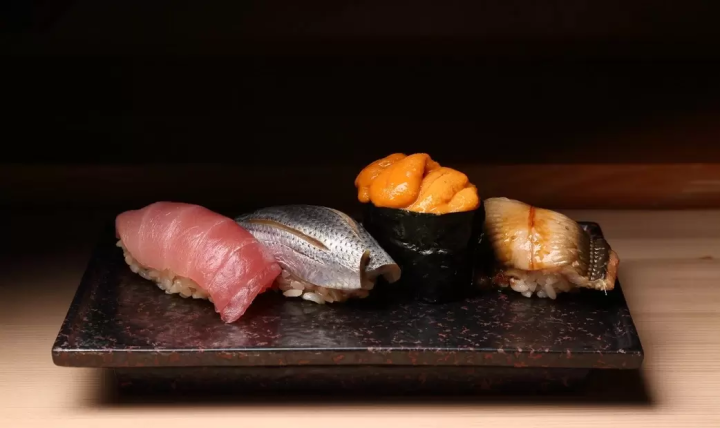"CRAFT TOURISM ECHIZEN" Welcome to the Deep World of Echizen Oroshi Soba

Welcome to the deep world of "Echizen Oroshi Soba" where the owner's commitment shines
soul food
Soba is one of the Japanese soul foods. There are various types of soba noodles in Japan, but Echizen City and the Reihoku region of Fukui Prefecture are famous for ``Echizen Oroshi Soba'', which is served cold soba with plenty of grated daikon radish, dried bonito shavings, and chopped green onions.
It's a simple dish, but if you follow the commitment, it's actually deep. Why did Fukui become the center of soba? Let's take a look at how Echizen Oroshi Soba was born and the secret behind its deliciousness.
Echizen grated soba noodles
Fukui soba was born from emergency food during warfare.
In late October in Echizen City, you can see pretty white flowers blooming all over the fields. Buckwheat flowers.
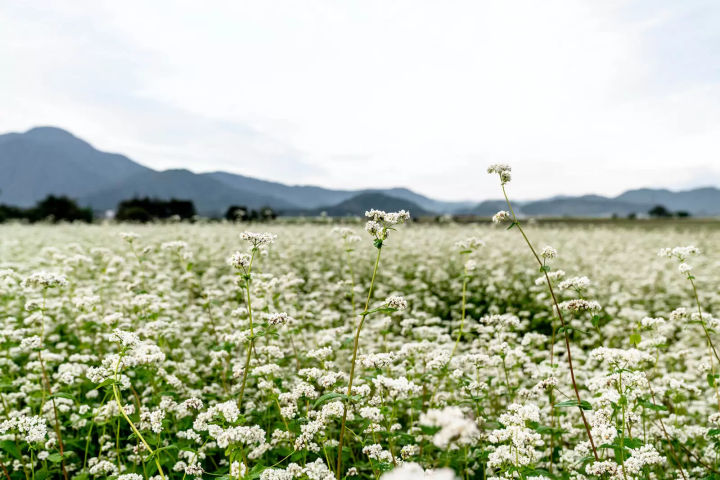
Buckwheat grown all over the country includes “native varieties” that have been handed down from generation to generation, and “improved varieties” created by artificial crossbreeding. Fukui mainly cultivates native varieties. Cultivation is difficult and yields are unstable, but soba noodles made from small, firm buckwheat seeds are fragrant and have a strong texture.
Fukui soba originated in the Warring States period. It is said that Ichijodani Asakura Takakage encouraged the people in the castle town to cultivate buckwheat, which is richer in nutrients than rice and has a shorter harvest period, as a relief food in case of war or disaster.
At that time, instead of the noodle-shaped ``sobakiri'' that we eat today, the mainstream way of eating was ``sobagaki'', which was made by grinding buckwheat seeds with a stone mill and kneading them with boiling water.
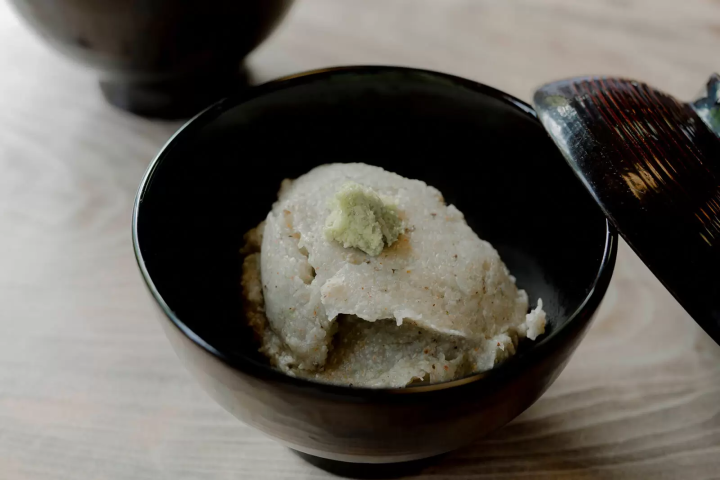
▲Sobagaki made by kneading buckwheat flour
More than 400 years ago, the style of Echizen Oroshi Soba, in which grated daikon radish and dried bonito flakes are topped on cold soba noodles, was born. In 1601 (Keicho 6), Honda Tomimasa, who came to Fuchu (currently Echizen City) as the lord, brought Kaneko Gonzaemon, a soba chef from Fushimi, Kyoto. Noda.
Echizen oroshi soba is said to have originated from the idea of eating soba noodles with grated daikon radish after consulting with a doctor in the castle town, in order to improve their health.
Speaking of buckwheat, it contains a lot of "rutin", which is effective against arteriosclerosis and high blood pressure, and has been featured on TV programs. Furthermore, it is surprising to the wisdom of the ancients that they came up with the idea of eating it with grated daikon radish, which is good for digestion, more than 400 years ago.
There are various stories about Echizen oroshi soba, but the most famous one is probably the origin of the name "Echizen oroshi soba."
In 1947, when Emperor Showa visited Takefu and had grated soba noodles, he asked for more. It is said that the name 'Echizen soba' has spread because of this.
Homemade juwari soba
Juwari soba made with homemade flour
“Sobakura Tanigawa”, which is located about 5 minutes by car from JR Takefu Station, is a well-known restaurant that attracts many fans from inside and outside the prefecture.
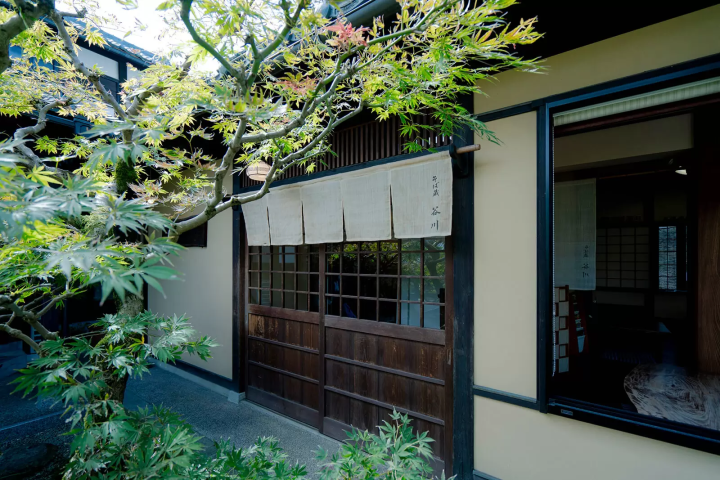
▲There is an atmospheric garden in front of the entrance.
The owner, Masami Tanigawa, started making soba noodles when she was 30, and opened the restaurant when she was 47.
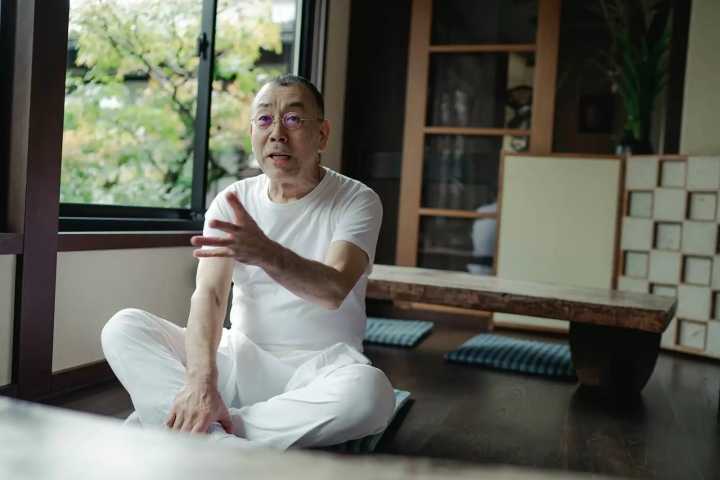
▲ Mr. Tanikawa
Not only in Echizen City, many people in Fukui Prefecture make soba at home. Mr. Tanigawa, who originally liked to make everything himself, also enjoyed making soba noodles while working as a company employee. When he went on business trips all over the country, he even loaded the tools for making soba into his sales car and served them to the customers.
However, when he was 45 years old, he encountered homemade 100% buckwheat flour at a soba restaurant outside the prefecture and was shocked.
“If you use only buckwheat flour to make the noodles, they will fall apart, so at that time most restaurants served nihachi soba mixed with a binder (wheat flour). Even though it's just plain, it's not soggy, the noodles are transparent, have a good texture, and the soba has a strong aroma.I wanted to make soba like this."
While trying to find the secret to its deliciousness, Mr. Tanigawa visited several shops that serve homemade 100% buckwheat flour. I know that freshness makes a big difference.
The best way to use fresh buckwheat flour is to vacuum-pack a year's worth of brown buckwheat in low-temperature storage, then grind the amount of buckwheat flour that will be used that day. In this way, grated soba made with 100% buckwheat flour made from homemade buckwheat flour has become a signature menu item at Sobakura Tanigawa.
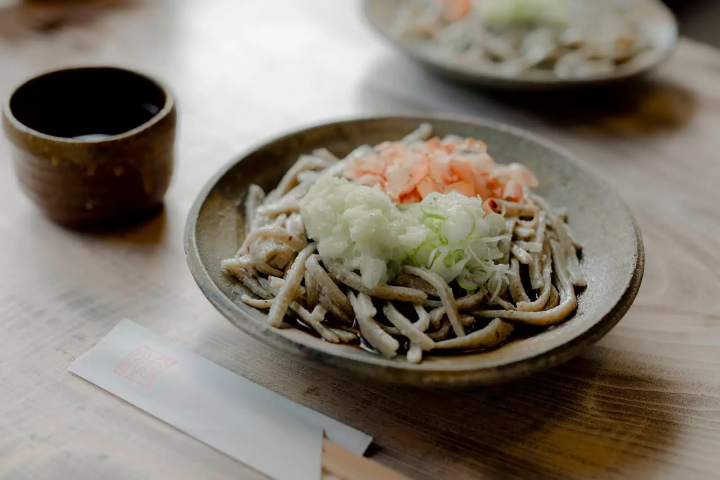
▲ Oroshi soba (750 yen, tax included). The scent of freshly shaved bonito whets the appetite
Sobagura Tanikawa's grated soba is a little thicker, and the fragrance of the buckwheat spreads with every bite. The grated daikon radish wrapped in the soba noodles has a pungent spiciness that hits your nose at first, but gradually transforms into a deep flavor along with the soup and dried bonito flakes.
sticking out
To deliver the best taste all year round
“Sobagura Tanikawa” uses brown buckwheat (buckwheat seeds with husks) from Maruoka, Fukui Prefecture. Grind it using a millstone. A stone mortar does not easily retain frictional heat, so the aroma and taste of the soba are not spoiled.

Speaking of buckwheat noodles, there are various colors from black to white, but Echizen soba is generally black. Buckwheat is originally wrapped in a black husk, but in Echizen oroshi soba, the black husk is ground up to create darker, fragrant buckwheat.
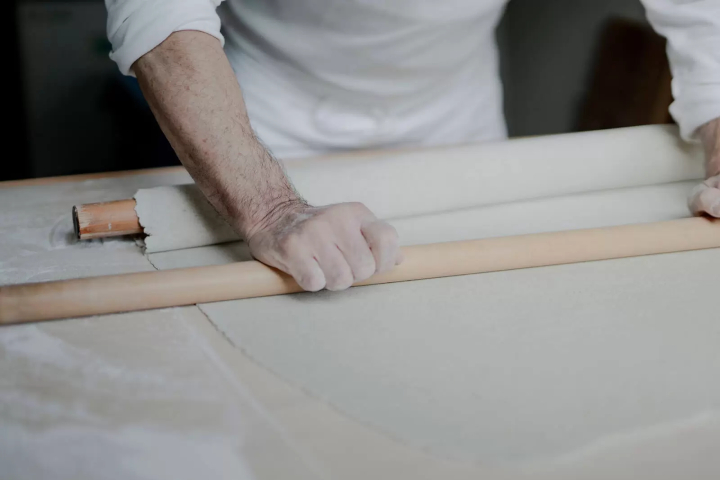
“Buckwheat is harvested around November every year. The key is to keep the buckwheat fresh and store it in a vacuum bag at a low temperature to prevent oxidation so that you can always enjoy the delicious taste from now until the next year. ”
By doing this, the soba will be in a state of hibernation, and you can enjoy the flavor of new soba all year round.
In addition, the taste of daikon radish, which is the decisive factor for grated soba, changes depending on the type.
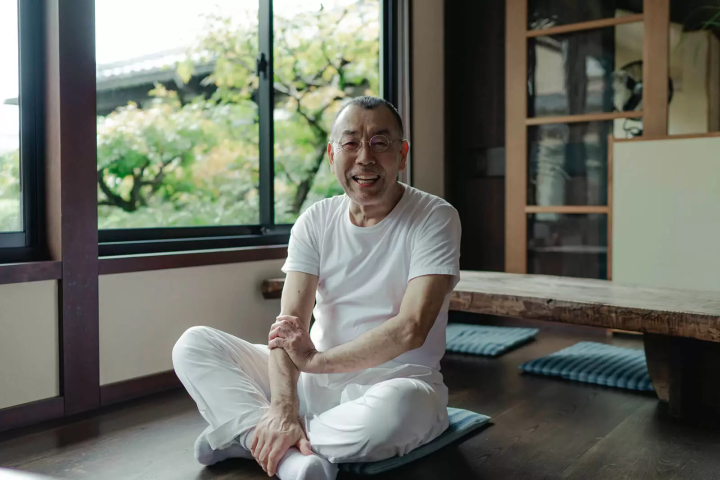
Mr. Tanigawa laughs and says, "It's endless when I talk about each and every detail." Soba, soup, daikon radish, bonito flakes...the ingredients are simple, so it's a dish that reflects the convictions of the people who make it.
There are many soba restaurants in Echizen City. If you enjoy the deep taste that differs from store to store, you will surely be drawn into the charm of Echizen Oroshi Soba.
▼Soba storehouse Tanigawa
Echizen wisdom ~Proposing a new tourism, a journey of wisdom.~ A town that has inherited the skills and spirit of its predecessors for 1,500 years. Echizen, the entrance to the "Koshi no Kuni" ruled by an ancient king. A place of wisdom where cutting-edge technology and culture first flowed in from across the Sea of Japan and became the origin of Japan's profound manufacturing. In the traditional industries that coexist with the nature of the land and in the people who live here, the universal wisdom that human beings want to bring to the next 1000 years is alive. Here and now, there is a future born from exchanges that transcend national borders and time and space. A new quest to find light. Welcome to Echizen.
The contents on this page may partially contain automatic translation.






























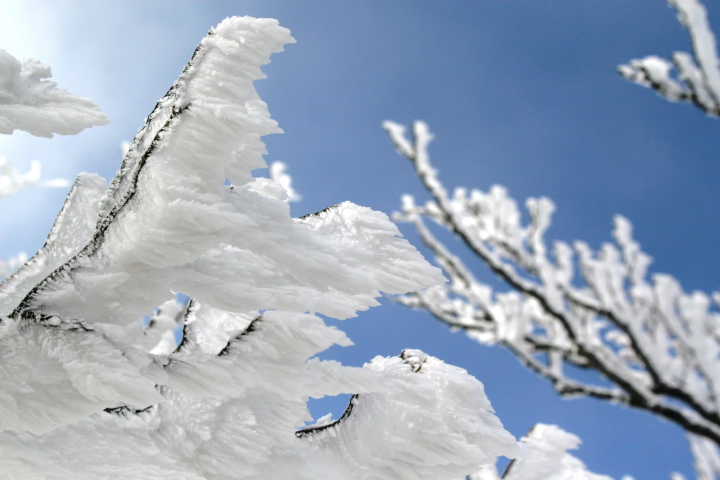
![[Latest] Complete Guide to atmos Exclusive Sneakers and Special Edition Models | Apparel and Upcoming Releases](https://resources.matcha-jp.com/resize/720x2000/2025/12/12-252706.webp)
![[2025-2026 Edition] Four Ski Resorts in Hyogo Prefecture Yabu City Opening on December 27th!](https://resources.matcha-jp.com/resize/720x2000/2025/11/28-251434.webp)
![[Next event confirmed! / Report] “Let’s Eat Tokyo Food”](https://resources.matcha-jp.com/resize/720x2000/2025/12/26-254125.webp)
